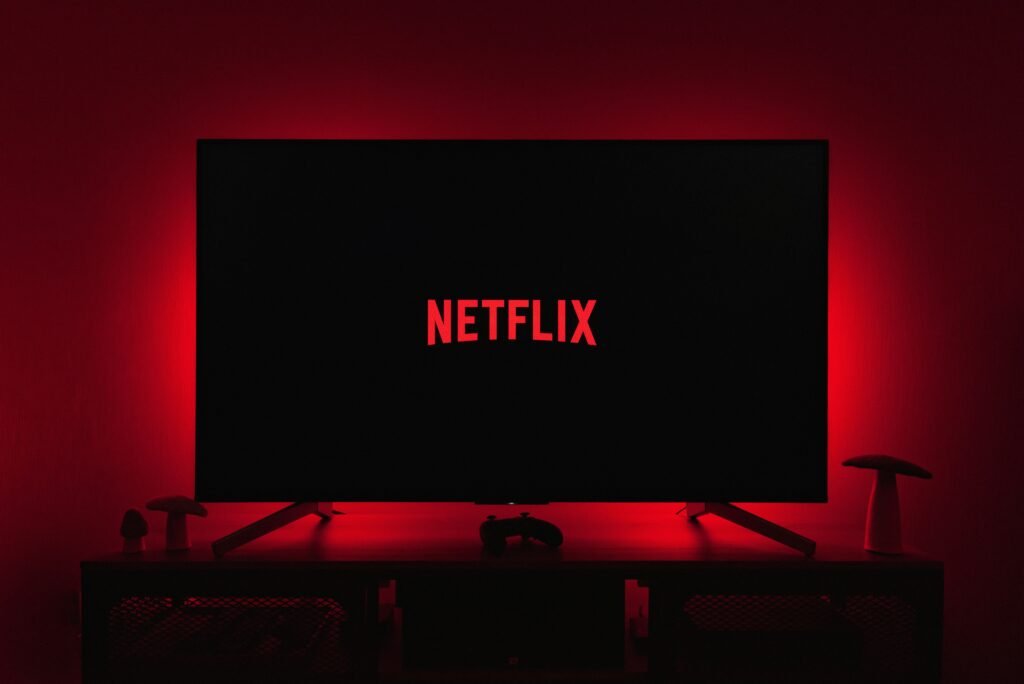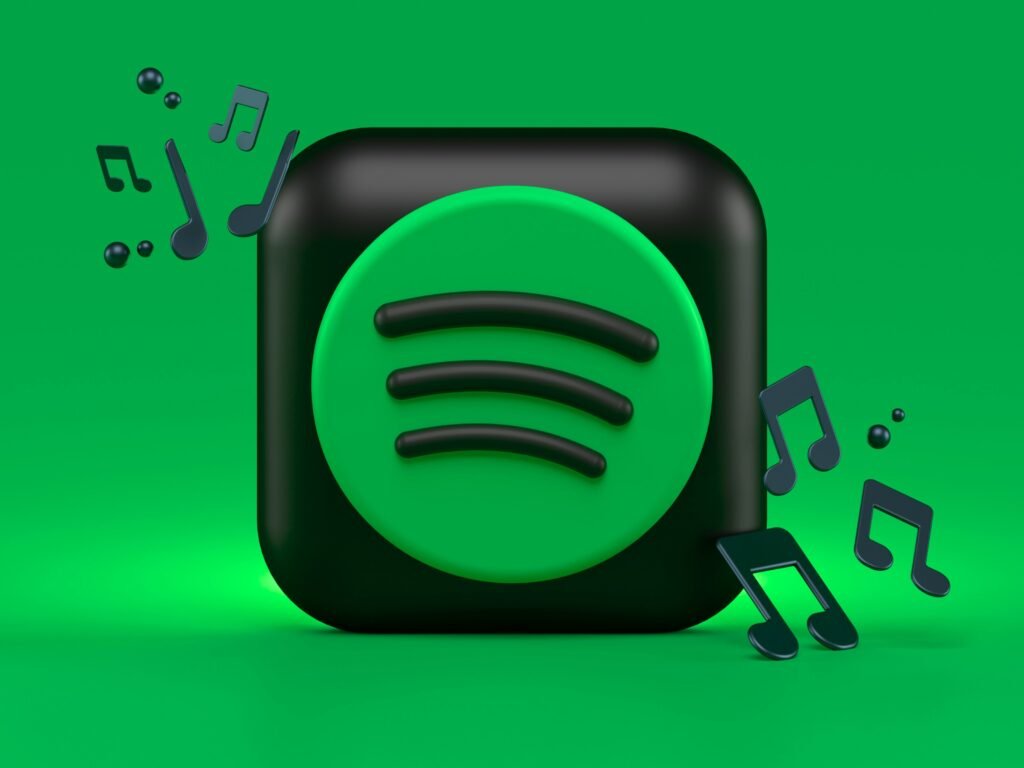How AI Powers Social Media Platforms like Netflix, Spotify, and TikTok
Have you ever opened Netflix and right away found a show you didn’t even know you wanted to watch? Or come across your new favorite tune on Spotify’s Discover Weekly? Or browsed TikTok for just five minutes to find an hour has slipped by? These instances aren’t magic. They’re machine learning at work, which reveals that AI powers social media platforms.
In the background, the world’s most popular digital platforms run on artificial intelligence (AI) systems that understand your behavior, guess your likes and tailor your experience on the spot. Moreover, new technologies are changing AI’s functionality and capabilities. And AI is powering digital platforms in innovative ways. In this post, we’ll take a closer look at how AI powers engagement and enjoyment on Netflix, Spotify, and TikTok—and what this means for the future of entertainment.
AI Powers Social Media Platforms By Making Things Personal
When there’s no end to what’s available, tailoring content to each person is key. Thus, these platforms stay alive—and grow—by keeping people hooked. To pull this off, they, furthermore, count on AI to sort through tons of stuff and user info to serve up experiences that hit the mark. They put things that you find personal to you as AI powers social media platforms.
AI systems look at what you click, watch, search for, like, pause on, and skip, even when you’re most active. From all this, they create detailed pictures of users and content maps—letting them suggest things that are smart and on target.
Netflix: Streaming Smarts

Photo by Thibault Penin on Unsplash
Netflix’s suggestion system accounts for over 80% of the time people spend watching on the platform.
- User Behavior Tracking: Netflix monitors every action, including what you watch, how long you watch, and what you skip.
- Content Tagging: Shows and movies get labels with hundreds of traits—genre, cast, tone, pacing—using both human tagging and machine learning.
- Thumbnail Personalization: AI even adjusts thumbnail images based on what might catch your eye (romantic scene or action shot).
- A/B Testing at Scale: Netflix uses AI to run ongoing tests on its UI, thumbnails, and suggestion algorithms to learn what keeps you watching.
Netflix’s suggestion system runs on ML models so that AI powers social media platforms by collecting data from your activities, as detailed below.
- Your watch history
- How long do you watch a show before changing
- Your ratings and actions (likes, skips, rewatches)
- What similar users prefer
Netflix’s AI doesn’t just propose random shows—it guesses what will keep you as a subscriber.
Their well-known “Top Picks for You” comes from complex algorithms weighing thousands of data points. Netflix even uses AI to adjust video quality based on your internet speed. It creates an engaging, intuitive, personalized content experience for you.
Spotify: The DJ That Knows You

Photo by Alexander Shatov on Unsplash
- Discover Weekly & Daily Mix – Using collaborative filtering (how you listen compared to everyone else) and audio analysis (tempo, rhythm, mood) to create playlists.
- Playlist Generation – Uses NLP to read blog posts and music reviews as well as metadata to identify how people talk about music.
- Mood, Activity, and Context – Recommend music not just on song characteristics but also time of day, device (playing through speaker or earbuds) or whether you’re working out or chilling after a workout.
- Podcast Recommendations – AI models also look at your listening patterns to predict which podcast subjects are more likely to match your listening history.
Spotify’s algorithms look at:
- Your listening history (songs you listened to, skips, songs you’ve replayed)
- Playlists you are following
- The audio features of songs (tempo, intro duration, tempo, mood, and genre)
- Spotify’s AI does collaborative filtering (linking you to people who listen similarly) and NLP (reading blogs and reviews to understand music).
Spotify also has an AI DJ created by OpenAI. This DJ doesn’t just queue up songs; it talks to you in real-time like a radio host or DJ, as they navigate through a music session based on your tastes. Spotify doesn’t just react to your taste; it predicts it.
TikTok: The Algorithm King

Photo by Solen Feyissa on Unsplash
A majority of TikTok’s popularity can be attributed to its For You Page (FYP), a highly personalized feed driven by AI. Arguably, TikTok’s “For You Page” (FYP) is the internet’s most addictive algorithm. How come AI powers social media platforms like TikTok?
- User Feedback Loop: Each view, like, comment, and share is a data point, and the algorithm responds almost in real-time and reformats your feed in real-time.
- Computer Vision & Audio Analysis: AI learns what’s in videos by applying image recognition, speech identification, and sound classification. By doing so, it sorts and suggests titles..
- Content Analysis: AI analyzes all videos to classify images, sounds, hashtags, captions, etc.
- Reinforcement Learning: The algorithm experiments with new content with users, learns from their responses, and gathers data to improve future recommendations.
- Virality Prediction: TikTok’s AI can identify content that’s about to trend before it goes viral and spread it to more users. Unlike other social networks, TikTok’s AI favors new content, whereas other networks drive content based on channels with greater audiences. Due to this, smaller creators have the capability to become viral if the algorithm brings them out.
- Hyper-Personalization: In under a minute, TikTok is able to figure out whether you adore cooking videos, prank videos, or cat memes and tailor your feed toward those topics.
Similar AI Techniques Behind the Scenes
Although the platforms differ, they tend to apply the same basic AI techniques:
- Collaborative Filtering: Suggesting content based on the behavior of similar users.
- Neural Networks: Deep learning algorithms that identify rich patterns in user interactions and content.
- Embeddings: Translating users and content into a common vector space in order to compute similarity.
- Multi-Modal Learning: Integrating text, audio, video, and user behavior for end-to-end recommendations.
Collectively, these techniques craft a smooth user experience that’s both magical and intuitive.
Concerns and Challenges When AI Powers Social Media Platforms:
AI-powered platforms aren’t controversy-free. Some of the main challenges are:
- Filter Bubbles: Over-personalization can leave users stuck in echo chambers with little exposure to outside content.
- Algorithmic Bias: AI can accidentally amplify social biases within the data.
- Privacy & Surveillance: Ongoing data collection is rightly raising concerns about consent and user privacy.
- Transparency Deficit: The vast majority of platforms do not reveal the inner workings of their recommendation algorithms. Thus it becomes hard to audit or contest their decisions.
Platforms might be pressured to get more honest and ethical in AI practices as regulators and users become increasingly concerned.
The Future of AI-Powered Entertainment As AI Powers Social Media Platforms
As AI powers social media platforms, the question comes what’s next for AI in digital entertainment?
- Hyper-Personalization: Tailoring content to your mood, biometric signals, or even brainwaves may be on the horizon.
- AI-Generated Content: Tools like OpenAI’s Sora are making it possible to generate entire videos from text prompts.
- Voice & Virtual Assistants: Imagine a Netflix that responds to voice commands or a Spotify that curates based on your tone.
- AI as Creator: We may soon witness shows, music, or even influencers entirely made by AI—blurring the spectrum between machine and human creativity.
As AI becomes more intelligent, the expectation is even more personalization. For example:
- Netflix could create AI-generated trailers depending on your tastes.
- Spotify might compose personal songs based on your mood.
- TikTok could bring AI avatars that talk to you.
One thing is certain—AI is making entertainment more addictive than ever. The future is not only about suggesting content but it’s about co-creating it with you.
Conclusion
From the tunes you’re vibing to the videos, you can’t help but watch. AI is a huge contributor to crafting your online experience. Netflix, Spotify, and TikTok might look like entertainment platforms—but deep down, AI powers social media platforms. They’re advanced AI engines built to keep you hooked. So next time you press play, remember AI pressed play first.
Do you enjoy these AI-driven suggestions, or do they ever feel a little too accurate? Share your thoughts in the comments!